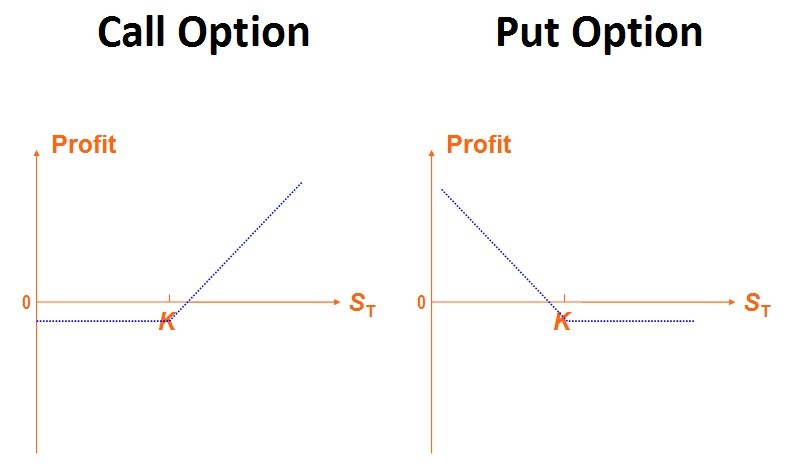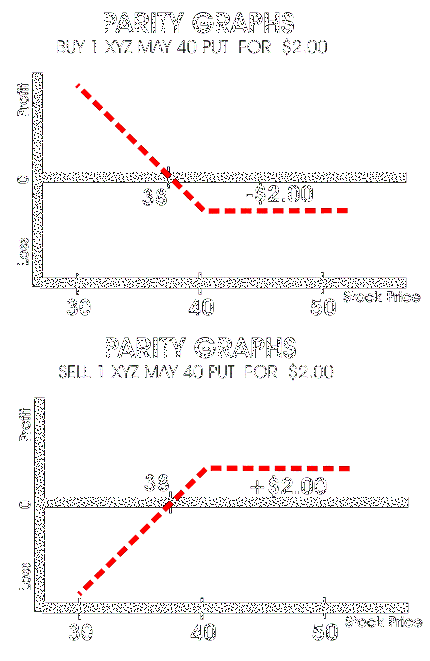What is a Put Option
Post on: 9 Июнь, 2015 No Comment

What is a Put Option?
A put option is a derivative contract between a seller
and a buyer. It provides the buyer with the right to
sell a specific asset at a certain price within a certain
time period. Here’s a look at put options.
A put option is a written contract between a seller and a buyer that gives the option buyer the right to sell
an asset (typically a stock) at a certain price within a certain period of time. The buyer doesnt have to
sell the stock during that time frame, but has the option to do so. The option seller, on the other hand, is
obligated to buy the stock if the option holder decides to exercise his options.
Parts of a Put Option
The put option contract includes certain details. The strike price is the price at which the option can be
sold. The option premium is the price the buyer pays for the option. The expiration date is the date by
which the option must be used or it will become void. When the put option expires, the option purchaser
can no longer sell the option at the strike price. Though the strike price is quoted per share, put options
are sold in contracts representing 100 shares of stock each.
Option premiums are higher for longer expiration dates since theres a greater chance of the stock falling
over longer time periods. Option premiums are also higher when the strike price is higher than the
market value of the underlying stock.
Why Buy a Put Option
The put option buyer has the advantage of selling a stock for a higher price even though the price of the
stock has dropped as long as the option is exercised before the expiration date. Since the value of a put
option increases as the value of the stock falls, you would purchase a put option when you expect a
stock’s value to fall. Thats when an option contract is considered in-the-money and you can make a
profit. Of course, put options are less attractive when the value of a stock is expected to increase since
the value of the option will drop.
Selling Put Options
The seller of put options only makes money when the
purchaser doesnt exercise the option before it expires.
So, you would sell a put option when you think the stock
price will either go up or remain the same. In that case,
youd never have to purchase the stock from the option
buyer. Instead, youd keep the option premiums as profit.
Put Option Example
Lets say you purchase a 60-day put option for XYZ
stock with a strike price of $30 at $2.20 per option
contract. You purchase price for the contract would be
$220, representing 100 shares of stock. Within a few
weeks, the price of the stock drops to $20 and the put
option price per share rises to $3.60 per option. You decide to sell for $360 and your profit is $140. That

s more than 60% return on your investment.
If the value of the put option drops or the option expires before you exercise it, the most you lose is the
option premium. In the previous example, you would have lost $220 if you didnt exercise your option to
sell.
The break-even point for a put option is the difference between the strike price and the option premium. If
the strike price for a stock is $50 and the option premium is $5, the break-even price is $45.
Calculating Put Option Profitability
You can quickly calculate whether the option is in-the-money or out-of-the-money by comparing the
current market value of the stock from the strike price. When the price of the stock drops below the strike
price, the put option is in-the-money. On the other hand, the option is out-of-the-money when the stock
price rises above the strike price.
Heres a financial calculator that lets you know the value of a put option based on the options purchase
price, number of shares the option controls, the options strike price, and the stocks current share price.
Based on what you enter, the calculator lets you know whether the option is in-the-money or out-of-the-
money and your net loss or gain.
Options investing involves risk and is not suitable for all investors. It is possible for an options investor to
lose the entire amount committed to with options in a relatively short period of time. Copies of the
Options Disclosure Document are available upon request by contacting your representative or by
contacting the Options Clearing Corporation at 1-800-678-4667. You may also visit their website www.














